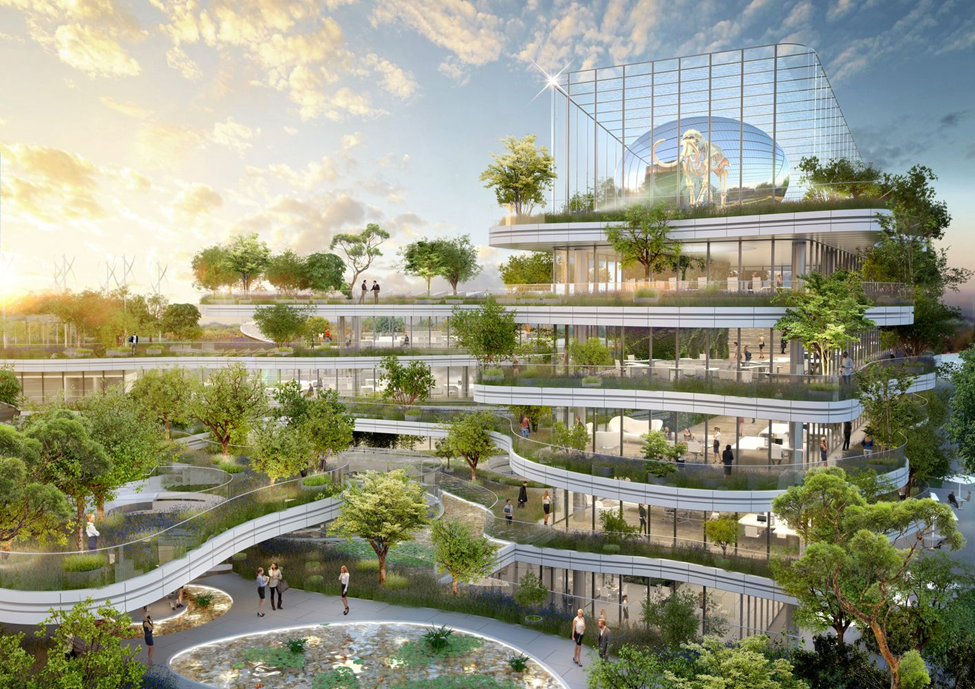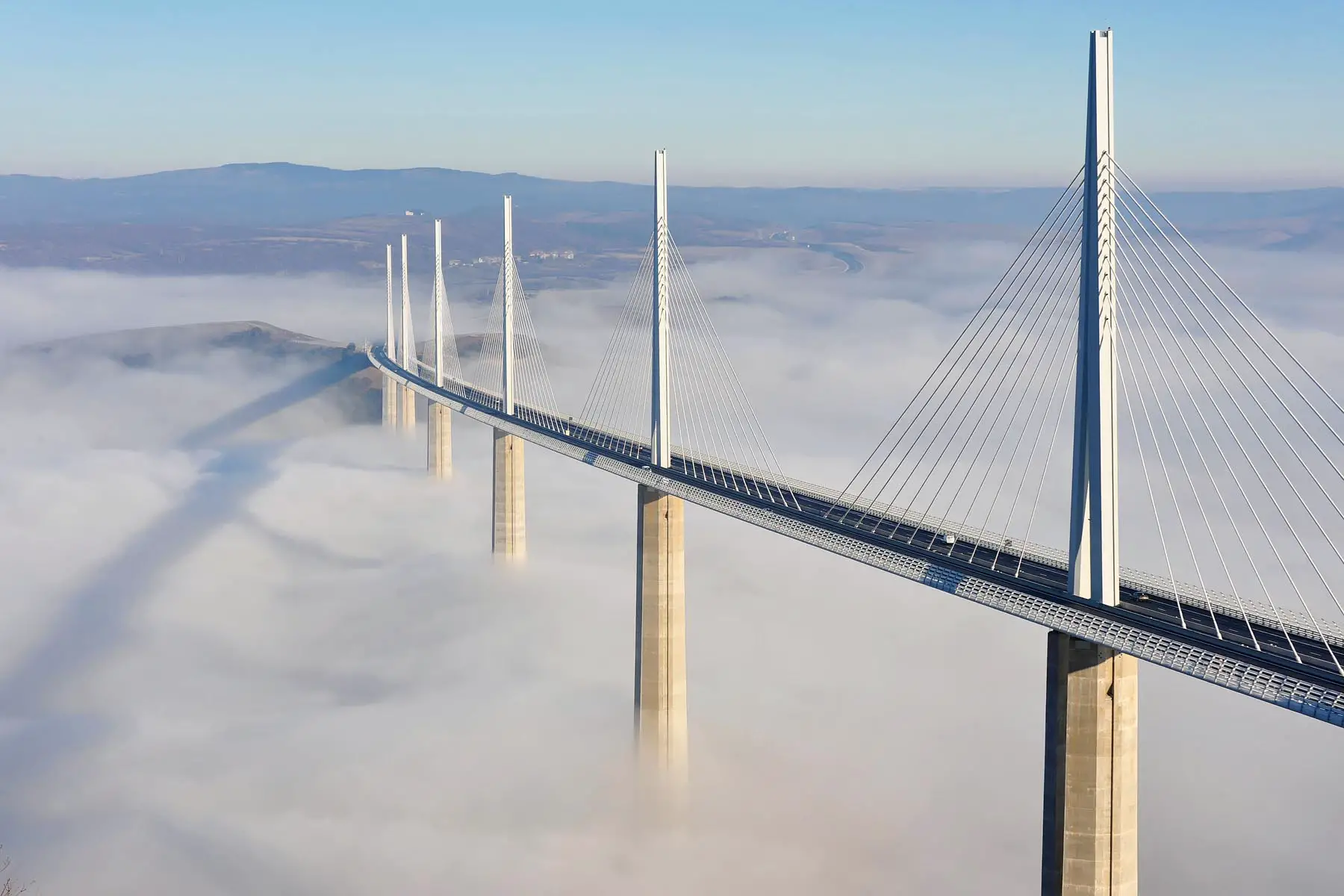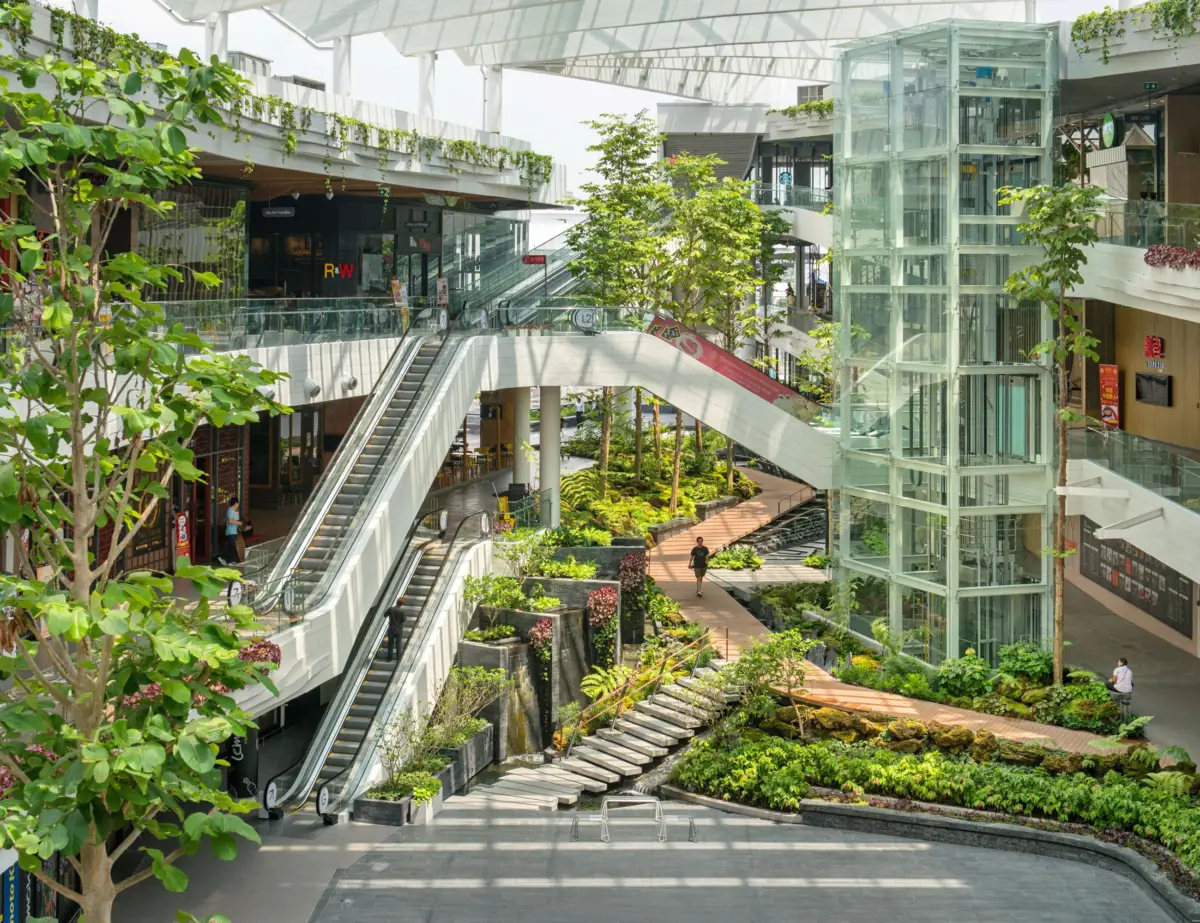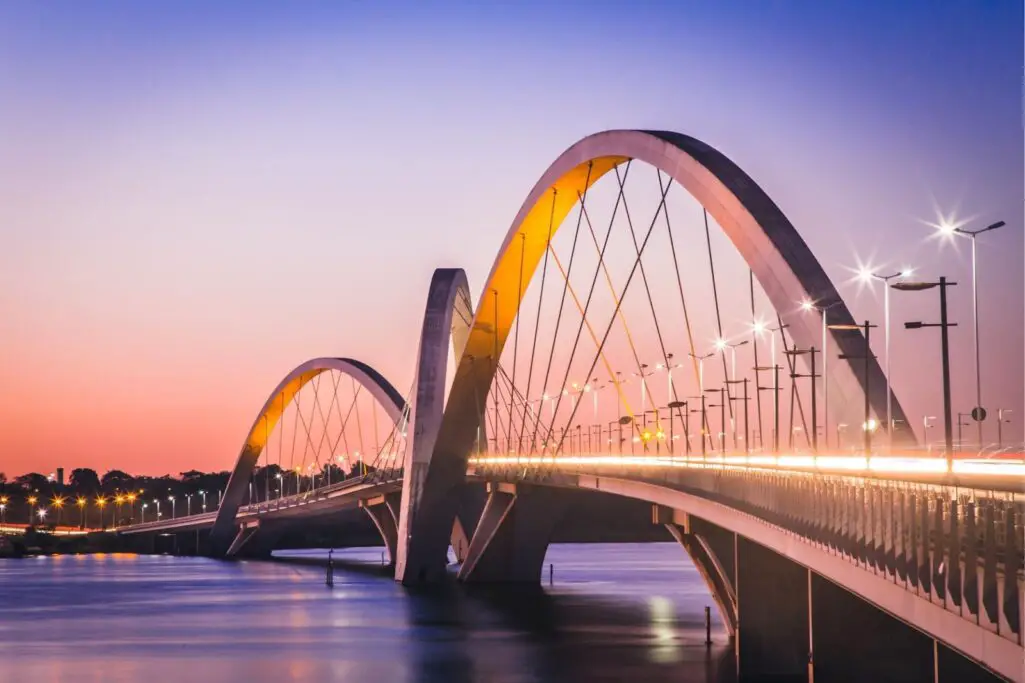Recently, the concept of sustainability has gained widespread attention across many fields. The drive toward sustainable development is largely responsible for this vogue.
Green architecture is the philosophy, science, and aesthetic of designing and constructing structures in an environmentally conscious manner.
By reducing the amount of energy, water, and other materials used in a building’s construction, operation, and maintenance, green architecture can help lessen a structure’s negative impact on the environment.
Waste that has an adverse impact on human health and the natural environment is produced in addition to the energy, water, and new materials used in the building’s design, construction, operation, and maintenance.
To mitigate these impacts and create structures that are both sustainable and economical to run, “green building systems” need to be mainstreamed, demystified, and put into practice.
The Rising Popularity of Sustainable Architecture
No one should be surprised by the continued rise in popularity of “green building” if they are at all aware of the growing environmental consciousness in our culture. But what exactly is green design?
Sustainable design is becoming increasingly popular among architects as a means to protect the natural world and lessen the negative effects of human activity on the environment. Here are ten ways in which environmentally conscious design can safeguard future generations.
What are green buildings and their importance in sustainable urban planning?
Eco-neighborhoods are urban projects that aim to reduce the impact on the environment and change the living habits of citizens so that they are more responsible for their surroundings.
In contrast to commuter towns, which were the result of the Industrial Revolution and the developmentalism of the 20th century, the new trends in urban planning include the construction of eco-neighborhoods.

Commuter towns were the result of the Industrial Revolution and the developmentalism of the 20th century. A crucial component of this kind of initiative is the building of structures and other infrastructures that make use of environmentally friendly technologies and materials.
A structure is considered to be “green” or “sustainable” if, as a result of its design and components, it is capable of either preserving or enhancing the quality of life in the environment in which it is situated.
In order to accomplish this goal, it is necessary to achieve a high level of efficiency. Minimizing pollution can be accomplished by cutting back on the consumption of resources such as energy, water, and other materials.
What’s the difference between green and sustainable building?
When we talk about a building being sustainable, we’re talking about its ability to provide occupants with a pleasant, healthy, and productive space without negatively impacting the surrounding natural environment over the long term.
These structures don’t just think about the environment but also the people who will be using them and their financial bottom lines.
On the other hand, “green” is an environmental term that emphasizes the specific actions that add up to a larger whole of environmental responsibility. In order to make a change for the better and make your organization more sustainable, you may decide to implement some “green initiatives,” such as using renewable energy or decreasing your carbon footprint.
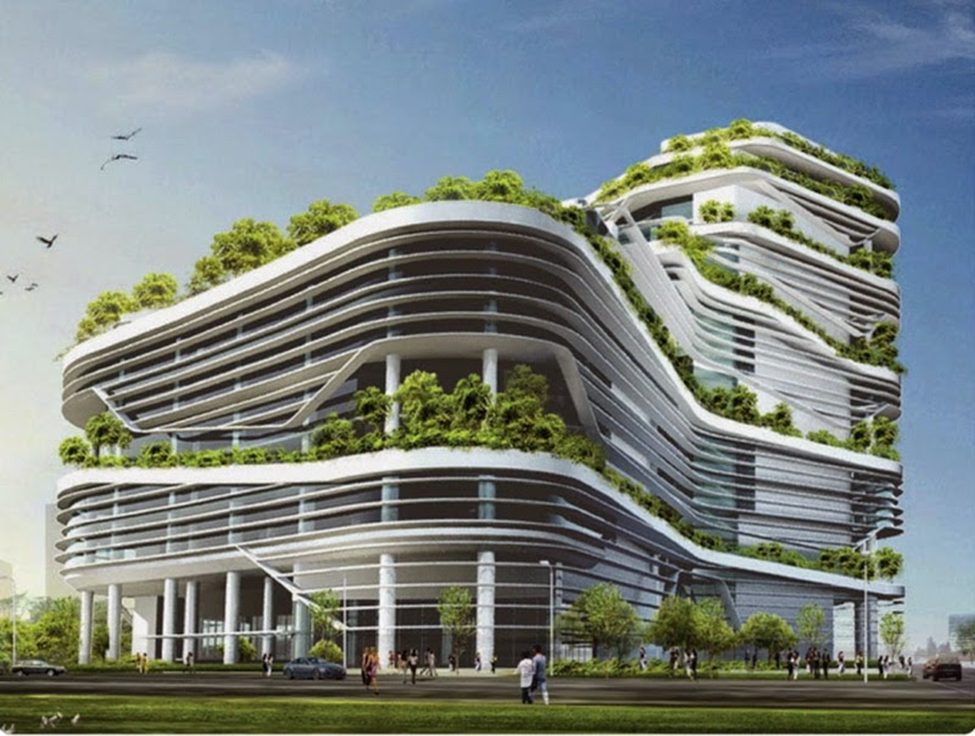
Both Leadership in Energy and Environmental Design (LEED) and the WELL Building Standard (WELL) are examples of green building standards that outline strategies for making structures more eco-friendly.
How do we achieve a sustainable design?
When discussing a new construction project, it is simple to use the term “sustainable design,” but in practice, determining whether a building design is truly sustainable is a time-consuming process.
When designing a sustainable building, a number of factors, such as materials, energy, resources, space planning, weather, and many others, must be taken into account. It is a meticulous practice that calls for specialists who are up to date on the most recent methodologies and techniques that have been shown to be both efficient and effective.
The planning stage is where the majority of the work will be done. The very beginning stages require architects who specialize in sustainable design to devise a game plan that integrates environmental consciousness into the various stages of the building process.
They need to be knowledgeable about how to make the most of the application of cutting-edge construction techniques and materials in order to guarantee that the end result will be successful.
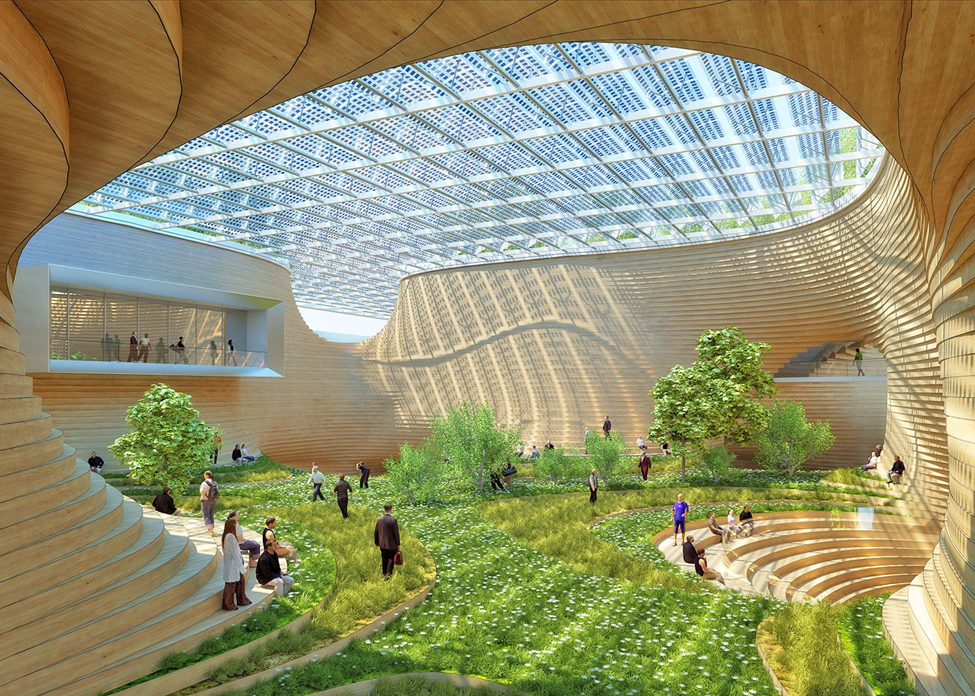
We discussed one of these materials, known as Novel Hydrogen glass, in one of our articles. Novel Hydrogen glass is a material that can contribute to the development of environmentally friendly and sustainable architecture.
A group of researchers came up with this material in order to regulate the environmental conditions within the architecture while preserving the building’s capacity to use its available energy effectively.
Also researchers are looking towards the nature for inspiration; to learn and innovate technologies to bring green changes. One such example is Krill-inspired solar shades to reduce the cost of electricity consumption.
Thus the construction of these environmentally friendly and sustainable buildings would require the use of a wide variety of such materials, tools, and technology.
Also, different countries and regions have a variety of characteristics, such as distinctive climatic conditions, unique cultures and traditions, diverse building types and ages, and wide-ranging environmental, economic, and social priorities – all of which shape their approach to green building.
Level of sustainability
The Leadership in Energy and Environmental Design (LEED) certification is widely recognized as the gold standard for evaluating a building’s sustainability. This certification program uses a points-based system to assess a building’s environmental friendliness.
There are a variety of voluntary sustainability standards that can be used to evaluate and compare a building’s sustainable features and practices.
A BREEAM Certification is available for projects in the United Kingdom. Independent third-party certification of the assessment of the sustainability performance of individual buildings, communities, and infrastructure projects is provided by this international scheme.
This means that before beginning a design and construction project, a property owner should prioritize consulting with professionals who can offer advice on sustainability issues in order to meet the highest BREEAM sustainability standards.
Some of the Upcoming Green and sustainable projects
Lilypad: The green floating city
Due to rising sea levels caused by climate change, millions of people may be forced to relocate, but few urban design solutions address housing this population. No other is quite as impressive as this one.
Vincent Callebaut’s Lilypad(Check the following article to know more about lilypad) is a proposal for a self-sustaining, floating city that would house climate change refugees in the future. While we applaud the concept’s noble motivations, it is Callebaut’s brilliant execution that has truly captivated us.
Created to resemble a water lily, the Lilypad is an island metropolis with the goal of achieving net-zero emissions.

Dubai Urban District
Architectural practice Along the Al Jaddaf Creekside in Dubai, URB has unveiled plans to construct the world’s largest Urban Tech District.
The project joins the global transition toward achieving net-zero carbon goals by proposing an array of ‘green’ programs and practices, with innovation and sustainability at its core.
The new complex will also become home to top-tier entrepreneurs, establishing Dubai as an urban innovation hub and enabling the development of a unique tech ecosystem in the emirate and worldwide.
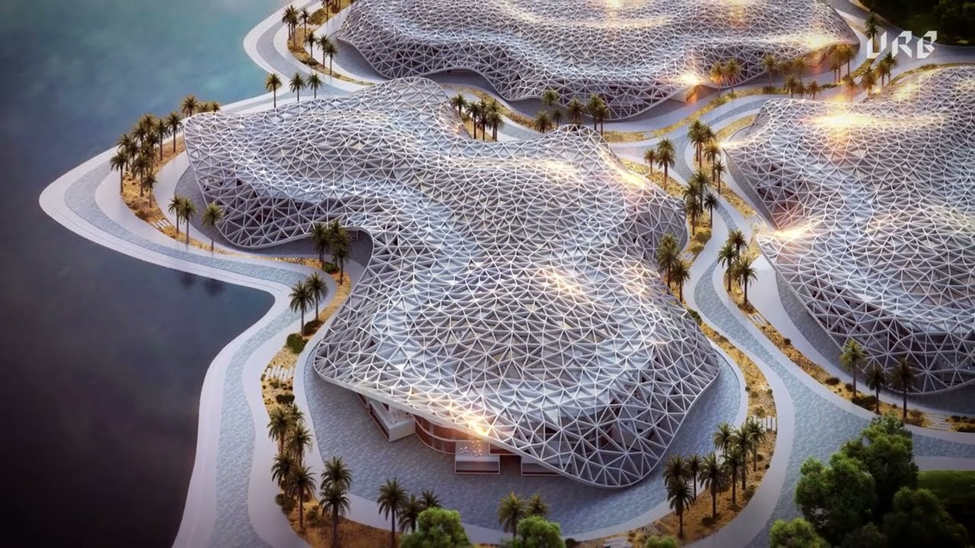
There are numerous upcoming projects that will further the global green mission. We recommend that you read our article on “Ten sustainable and green buildings that astonished the world” for more information and fruitful content consumption.
Features of Green Building
A green building can have a variety of environmentally friendly components. Among these are:
- Use of energy, water, and other resources effectively.
- Renewable energy sources, such as solar power, are utilized.
- Tools for reducing pollution and garbage, as well as facilitating reuse and recycling.
- High-Quality Air in Indoor Spaces.
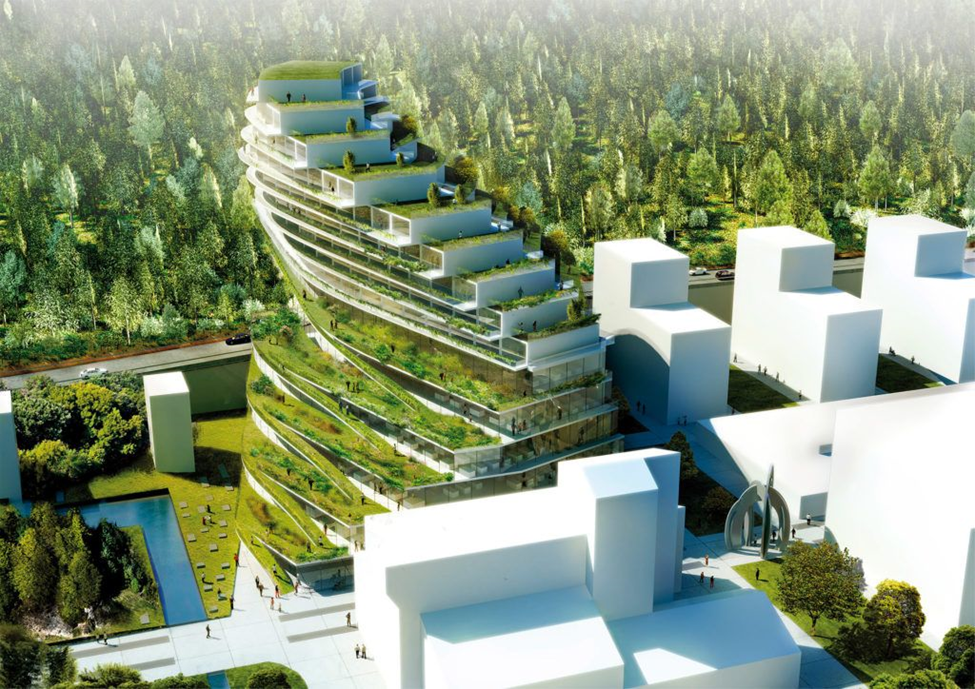
Materials that are safe, sustainable, and ethical must be used.
Careful planning, building, and use with environmental impact minimization in mind.
The design, construction, and operation of a building with the occupant’s well-being in mind.
An architecture that can adjust to new conditions.
Any structure that incorporates the elements mentioned above is considered a green building, regardless of its intended use (house, office, school, hospital, community center, etc.).

